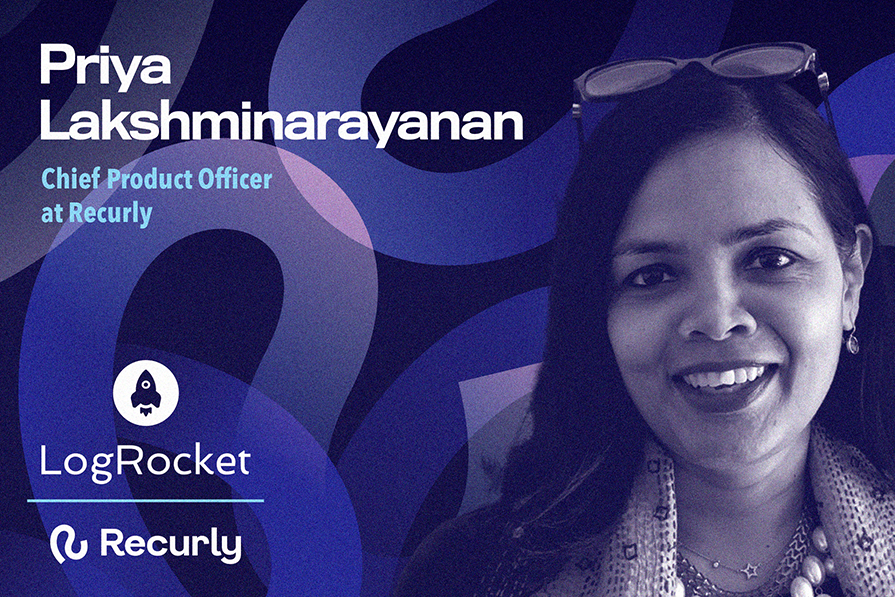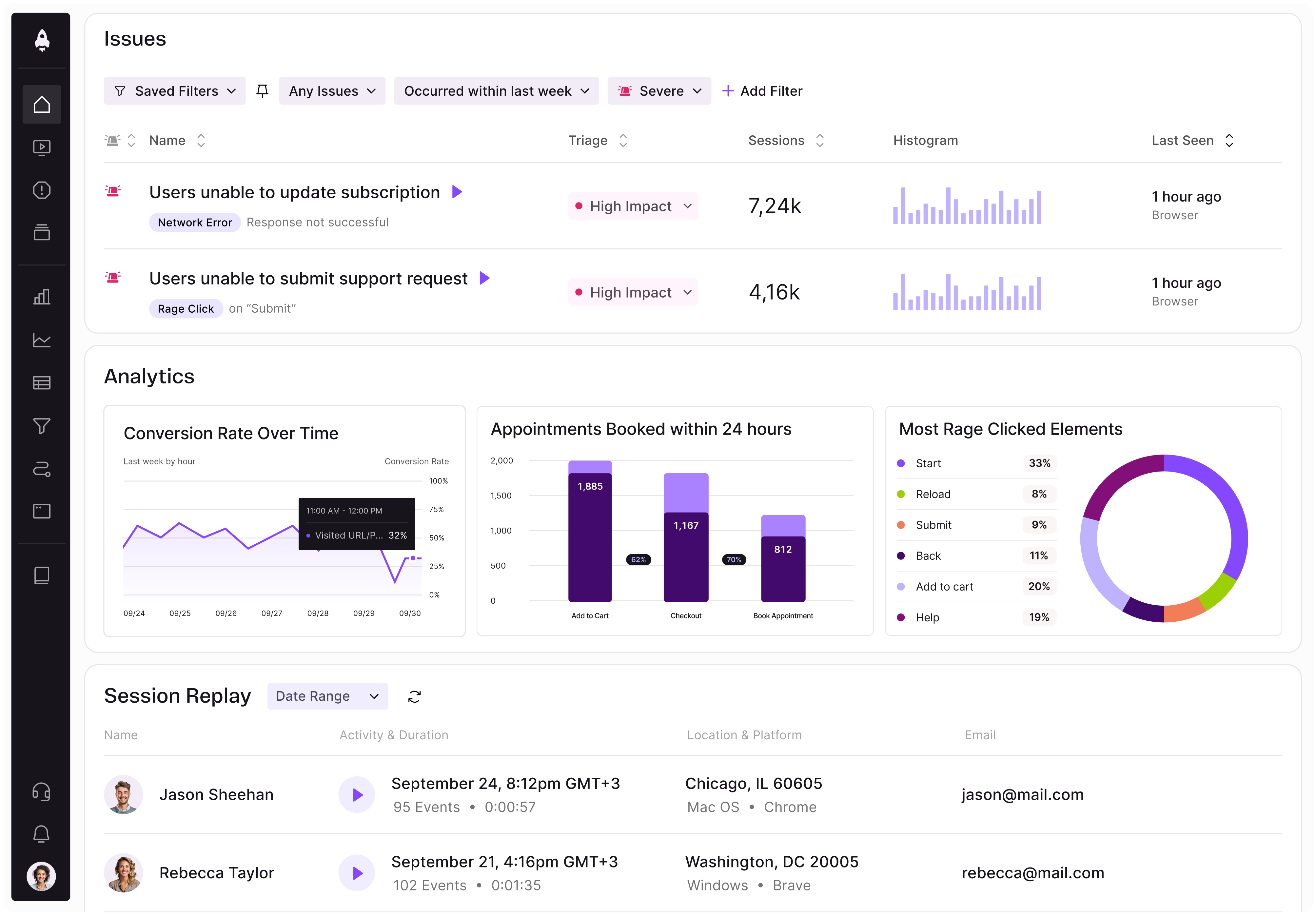Priya Lakshminarayanan is the Chief Product Officer at Recurly, a subscription management and revenue recognition platform. She is a product management leader with close to 25 years of experience in building and launching both enterprise and B2C products. Priya came to Recurly from Brex, where she was the Vice President of Product for Growth, Monetization, and Risk product areas. Prior to Brex, she was a product director at Meta leading the Trust & Safety effort for commerce and business messaging products across the Meta family of apps.

Her strong engineering background combined with a sense of empathy for the customer enables her to seamlessly span engineering and business work streams to launch and scale new product initiatives. Prior to Brex and Meta, she has shipped a variety of products at industry-leading technology companies such as PayPal, EMC, and Microsoft.
In our conversation, Priya talks about Recurly’s work to improve merchants’ subscriber experiences, particularly as the landscape continues to evolve with new payment methods, usage-based pricing, and AI. She also discusses how she views AI as a product assistant and how it can create more efficient workflows.
We speak to a lot of merchants that have a traditional offering and are now getting started with subscriptions, as well as those who’ve been in the subscription business for a while and have hit a stagnation point. They’re looking to see how they can drive growth. In these conversations, we typically hear three common themes that are consistent across use cases and industries:
Given how much has changed since the research preview of ChatGPT in November 2022, I’m not sure that whatever I predict here today is going to hold five years from now! I can talk about a few trends that I’m seeing, however.
The first one is that consumers are increasingly demanding tailored experiences that cater to their unique preferences — curated content, individualized engagement strategies, etc. They’re all key to delighting and retaining subscribers. To do that, you need to understand subscriber behavior as they go through your platform. This is where monitoring behavior and then tailoring the offering and personalizing it is very important. We have an integration with a platform called Redfast, a subscriber engagement platform, and I feel like the future is definitely headed in that direction.
The second trend I see is around usage-based pricing models. These were typical in the cloud paradigm — nobody wanted to pay for compute or storage that they weren’t using, and I think that will become key in the subscription economy. I foresee a lot of AI-enabled services adopting usage-based pricing, and that will become the norm instead of a monthly standard flat rate for a subscription.
The last aspect is related to payments — they are a super important aspect of the subscription platforms. I believe the growth and importance of alternate payment methods will rise. For example, UPI in India or Revolut in the UK are examples of popular alternate payment methods today. It only constitutes a small percentage — less than 10 percent of our payment volume — but I think it’s going to take hold as time goes on.
By empowering brands with consistent product innovation. Across industries, we’ve developed different roadmap themes that we are using to cater to merchant challenges. One of them is AI-powered growth. We are delivering AI-powered tools that can help merchants make smarter, faster decisions to grow their business. We are focusing on integrated ecommerce, which means bringing the power of enterprise-ready subscription platforms to the world of ecommerce physical goods. We’re investing in seamless ecommerce vertical integrations so that merchants get the opportunity to sell across different channels like Shopify, for example.
Payments are also a significant area that drives subscriber acquisition and growth. We have a theme called “plug and play payments,” where we’re making new, best-of-breed payment solutions available to our merchants. That way, they can tailor their customer journeys and offer payment methods that their customers are used to in their local markets.
Also, we have to think about how merchants adapt to changing needs on a global scale. This is relevant for multi-brand, multi-geography enterprises specifically. What are the requirements that need to be met in terms of branding, communication, or compliance as they scale in new markets? That’s a big area of investment for us.
Lastly bringing everything together — all the way from acquiring new subscribers to scaling and retaining them. How do we help our merchants recognize revenues? We recently launched a standalone Revenue Recognition product that can work well with other billing systems as well.
Recurly has an AI-powered tool set under the umbrella of Recurly Compass. We actually released new capabilities this week, and we’re poised to grow that functionality from here on out toward the end of the year.
The first capability is around providing our customers with personalized insights right to their inbox and homepage. We surface trends we see in things like subscriber activation, for example, so they can take immediate action. The second aspect is what we call Playbooks. We’ve been in the subscription industry for over a decade now, and we have a lot of data around key aspects like how to recover from failed payments. We want to turn that expertise into specific guidance for our merchants, which will take the form of Playbooks — tips and tricks to tune the Recurly platform for the best outcomes.
The third feature that we launched is called AI Answers. People are getting used to ChatGPT-like experiences when engaging with products, so this is our version of that. The product uses AI to teach users more and more about the platform, as well as how to set it up for the outcomes they‘re looking for.
As product managers, I encourage my team to be curious about industry trends and how we can leverage new tools to create value for our customers. There’s a lot of talk in the industry around how to bring value into products using AI, so a lot of it stemmed from that. The other aspect is, of course, staying close to customer engagement. We are constantly aiming to understand where their problems are and how to marry them into new solutions.
Overall, starting with a customer problem is super important. When I was at Brex, every PRD we wrote had a section at the beginning that said to start with the customer problem. We don’t start with a technology answer and go look for the problem, and I’ve carried that with me.
For us, it’s all about understanding subscriber behavior, driving retention, and acquiring subscribers. We want to marry all of the data that Recurly has and get new insights and value out of it.
For AI Answers, for example, the metric we use is the accuracy of the model. Before we ship, we want the accuracy to be high enough that we’re confident we’re not giving our customers wrong or hallucinated answers. We also track the adoption of these new capabilities through the instrumentation of the product itself, as well as through user behavior. This includes visits to that particular part of the product and tracing the actions that customers take once they get there.
Further, we set up an early adopter program where we started with Figma prototypes and engaged with our customers to understand if this experience would be useful. From there, we tweaked it based on their feedback and kept them updated on its evolution.
Every product has different phases — there’s an initial ideation phase where you outline the strategy and think about customer problems. In that phase, AI can be a great ideation partner. You can use AI tools as your peers to brainstorm and research, which helps you with a framework for prioritization. From there, you can narrow down what you want to invest in.
Then comes the execution phase, which is when you can switch to using AI as a product assistant, if you will, to help guide you through frameworks. AI is great for improving productivity — you can use it for publishing reports, creating PRDs, etc.
In terms of data-driven insights, you traditionally spend hours, days, or even weeks researching and analyzing data in your product decisions. With AI, you have it at your fingertips. You can say, “This is my time horizon. I want to see ROI in six months or one year. Here is the market I’m going after — give me the opportunity sizing.” You’ll get an initial set of cited sources to validate. You don’t have to take it as is, but it’s going to accelerate a lot of the work that product folks do.
The downside I can see is if you become reliant on it to think for you. This is when it goes from being a partner or an assistant to something you just cut and paste information from. If you do that, you’re not learning anything — you don’t have any human input in the product that you’re building. If you just take some AI-generated ideas and you haven’t actually validated them with your customers or scoped them with engineering, you run a big risk.
That’s where the true product mindset of validating with customers as you go along comes in. You want to constantly bring that information back and know the capacity of your engineering team. You have to do this part, and that aspect will never change.

LogRocket identifies friction points in the user experience so you can make informed decisions about product and design changes that must happen to hit your goals.
With LogRocket, you can understand the scope of the issues affecting your product and prioritize the changes that need to be made. LogRocket simplifies workflows by allowing Engineering, Product, UX, and Design teams to work from the same data as you, eliminating any confusion about what needs to be done.
Get your teams on the same page — try LogRocket today.

Most teams fail at autonomy. Learn how clear rules help product teams move faster without micromanagement.

A practical framework for PMs to use AI in ideation without sacrificing judgment, strategy, or decision quality.

A practical five minute revenue estimation method to help product managers compare ideas, drop low impact features, and prioritize smarter.

A practical guide for PMs who want to stop being bottlenecks, delegate smarter, and lead teams effectively with a clear ownership framework.